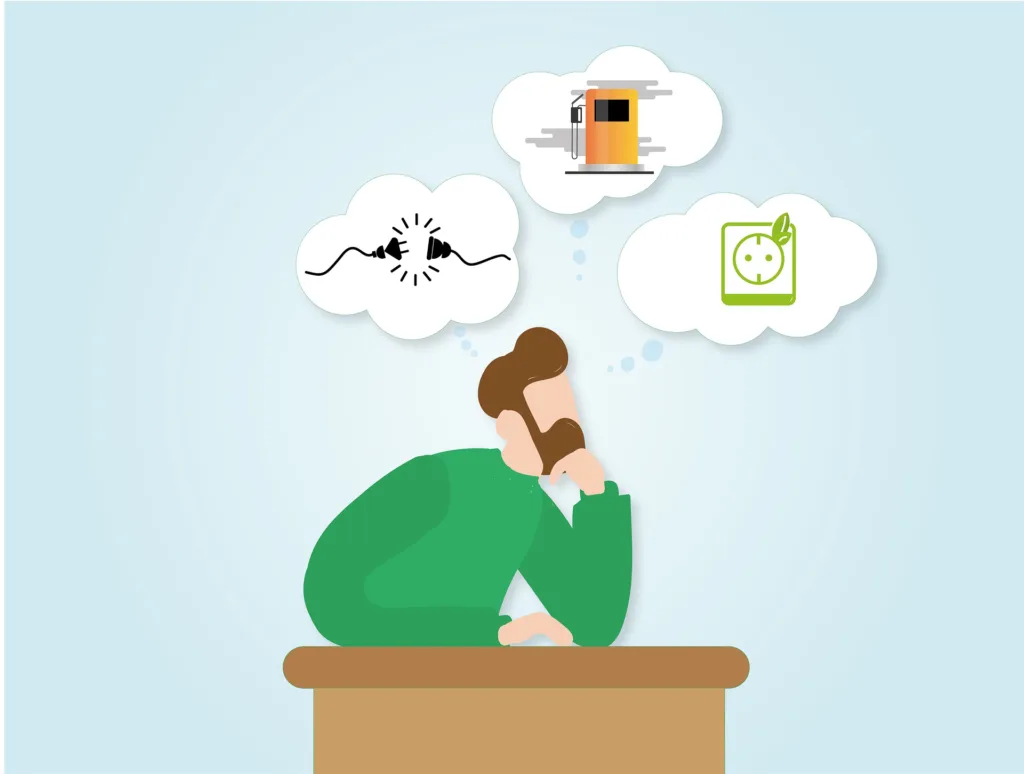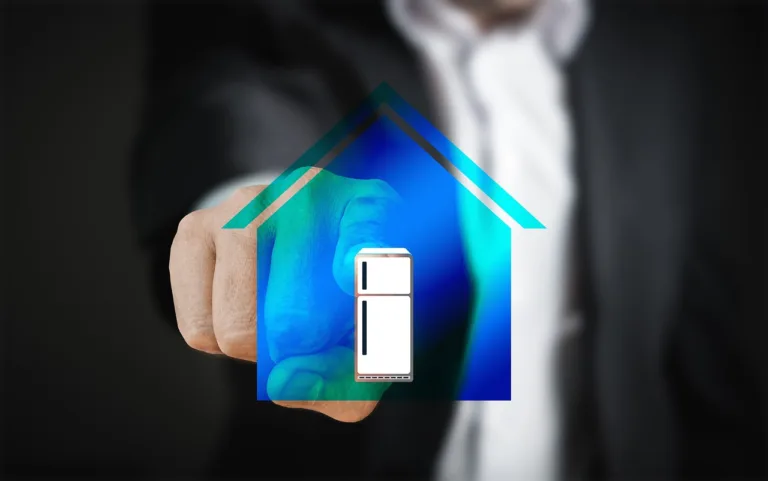Smart home frequent issues
In today's technologically advanced world, smart homes have become a prevalent concept, aiming to enhance comfort, convenience, and energy efficiency for homeowners. But with the benefits of these innovations come challenges you can. Optimizing your smart home system requires not just cutting-edge technology but also a solid understanding of how to troubleshoot common issues that may arise. As seasoned professionals in the field of smart home technology, we are committed to empowering you with the knowledge and solutions necessary to surpass any challenges you may encounter. In this extensive guide, we will explore additional frequent issues that could hinder your smart home experience and provide you with practical troubleshooting methods to overcome them.
1. Connectivity Issues
One of the most prevalent challenges in a smart home setup is connectivity problems. As devices rely on a stable internet connection to function, even minor disruptions can create a cascade of malfunctions.
Solution:
- Ensure a strong Wi-Fi signal throughout the home with the use of mesh networks or Wi-Fi extenders.
- Regularly update the firmware of routers and devices to ensure optimal performance.

2. Compatibility Concerns
Not all smart devices communicate seamlessly with each other. Sometimes, devices from different manufacturers might not be compatible, creating integration issues.
Solution:
- Opt for devices that support universal platforms such as Google Assistant, Amazon Alexa, or Apple's HomeKit.
- Research the interoperability of devices before purchasing.
3. Security Vulnerabilities
With the increasing number of connected devices in homes, the risk of security breaches becomes a pressing concern.
Solution:
- Change default passwords immediately after setting up a new device.
- Regularly update devices with the latest security patches.
- Consider using a dedicated VPN for your smart home setup.

4. Inconsistent User Experience
Different brands have different apps, interfaces, and commands. This can lead to an inconsistent and sometimes frustrating user experience.
Solution:
- Aim for a centralized control system, like a universal smart home hub, to manage all devices.
- Familiarize oneself with voice-command platforms to streamline operations.
5. High Energy Consumption
Some individuals notice an uptick in energy consumption after integrating smart devices, contrary to the energy-saving promise of many products.
Solution:
- Periodically review the energy consumption metrics provided by most smart devices.
- Invest in energy-efficient smart home products, such as LED smart bulbs or energy-saving smart thermostats.

6. Malfunctioning Devices
Over time, certain smart devices might malfunction, fail to receive updates, or simply become obsolete.
Solution:
- Ensure devices are installed correctly from the outset, as improper installation can lead to malfunctions.
- Purchase from reputable brands offering warranties and post-purchase support.
7. Overwhelming Complexity
For some, the sheer number of available options, configurations, and setups can be daunting.
Solution:
- Begin the smart home journey with essential devices and gradually expand as one becomes comfortable.
- Take advantage of community forums, user guides, and customer support to address concerns and gain knowledge.
8. Privacy Concerns
There's always a risk that personal data can be accessed by unauthorized entities, leading to privacy breaches.
Solution:
- Opt for devices with built-in end-to-end encryption.
- Regularly review and update privacy settings on each device and its corresponding app.

9. Difficulty in Troubleshooting
When devices fail to work as expected, identifying the root cause can be a challenge due to the interconnected nature of smart homes.
Solution:
- Maintain an updated log of devices, their setup configurations, and any customizations.
- Seek professional assistance if problems persist.
10. High Initial Costs
The investment required to set up a smart home might deter some from embracing the technology.
Solution:
- Prioritize essential smart devices before expanding.
- Look out for promotional offers, bundles, or discounts available in the market.
Technical Smart Homes Frequent Issues that you may found
Voice Control Woes: Navigating Voice Assistant Challenges
Voice control has become a ubiquitous feature in modern smart home systems, enabling hands-free interaction with your devices. However, there are certain issues that can impede the smooth operation of voice assistants. Here are some strategies to troubleshoot voice control problems:
- Check Microphone Settings: If your voice assistant fails to respond, check the microphone settings both on the device itself and within the associated app. Ensure the microphone is not obstructed and adjust the sensitivity settings if necessary.
- Eliminate Background Noise: Sometimes, excessive ambient noise can interfere with voice commands. Move closer to the device or minimize background noise to improve the accuracy of voice recognition.
- Verify Language and Regional Settings: Voice assistants often have specific language and regional settings. Verify that the correct settings are selected to ensure accurate interpretation of your commands.
Compatibility Challenges: Addressing Integration Roadblocks
When integrating various smart home devices from different manufacturers, compatibility issues may arise. Here are some steps to troubleshoot compatibility challenges:
- Research Device Compatibility: Before purchasing a new smart home device, do thorough research to ensure compatibility with your existing ecosystem. Check for compatibility lists or consult the manufacturer's website for supported integration protocols (e.g., Zigbee, Z-Wave).
- Update Integrations and APIs: Regularly update the associated apps and integration APIs of your smart home devices. Developers often release updates to improve compatibility and address bugs. Keeping everything up to date can prevent potential integration roadblocks.
- Use a Dedicated Hub: Consider utilizing a dedicated smart home hub that supports multiple integration protocols. Hubs act as a central gateway, allowing seamless communication between devices with different protocols, resolving compatibility issues.
Intermittent Connectivity: Overcoming Network Disruptions
Spotty or intermittent connectivity can significantly hamper the performance of your smart home devices. Implement the following techniques to overcome connectivity issues:
- Analyze Network Signal Strength: Perform a thorough analysis of your Wi-Fi network signal strength throughout your home. Identify areas with poor signal coverage and consider using Wi-Fi range extenders or mesh systems to eliminate dead zones.
- Optimize Router Placement: Place your router in a central location, elevated and away from obstructions that could weaken the signal. Avoid placing it near other electronic devices that may cause interference.
- Upgrade Network Equipment: Outdated or underperforming network equipment may be the root cause of connectivity problems. Consider upgrading your router, modem, or switch to modern, high-performance models that support the latest Wi-Fi standards.
Advanced Troubleshooting: Consulting Professional Assistance
In some complex cases, advanced troubleshooting and support may be required. Here are some scenarios where it is advisable to seek professional assistance:
- Complex System Configurations: If you have a highly complex smart home system with intricate configurations, seeking the expertise of professional installers or integrators can save you time and effort. They can provide tailored recommendations and resolve complex issues effectively.
- Persistent Device Malfunctions: When a particular device consistently malfunctions despite following troubleshooting steps, it could indicate hardware or firmware issues. Contacting the manufacturer's support team or returning the device for a replacement might be necessary.
Promoting a reliable and enjoyable smart home experience requires diligent troubleshooting and expert knowledge. By following the steps outlined in this guide, you can overcome common issues and achieve a seamless and optimized smart home system. Our commitment to providing you with the most effective solutions positions you to surpass competition and enjoy the full potential of your smart home.





Pingback: Living Smart in Urban Oasis: A Tour through HGTV Smart Home 2023 Best Guide - techlooters.com